You could easily spend hours just wandering the Alcázar looking at intricate details, tiles, artefacts and architecture in this UNESCO World Heritage site. The buildings are vast, the grounds spacious, and it’s pretty easy to get lost amongst the various ponds, pools, hedges and alcoves.
The Alcázar dates to the 13th century and it is heavily influenced by Moorish “Mudéjar” design. The Moors invaded and inhabited Spain in the 8th century and stayed until the end of the Reconquista, an 800 year long war which eventually brought Spain back to Christianity in 1492. As mentioned earlier, the Reconquista was finally accomplished by Ferdinand and Isabella, who in that same year sent Christopher Columbus out to establish new trade routes.
The Mudéjar people are those who stayed behind but never converted to Christianity. The Alcázar is a testament to these people. Thankfully, the Spanish saw no need to destroy the Fortress like happens in so many other cultures. It’s now a palace and the upper floors are still used by the royal family.
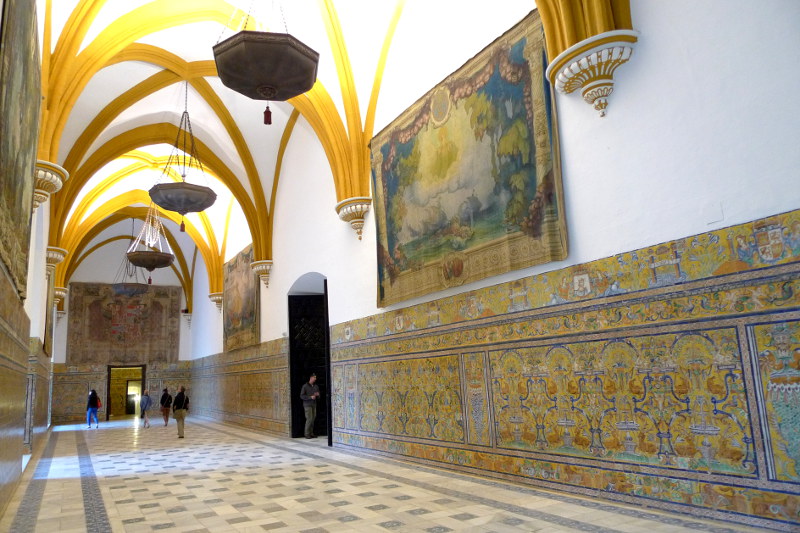
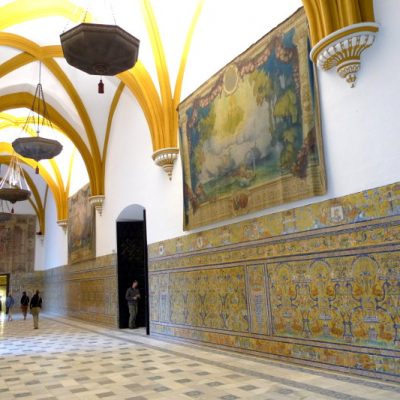
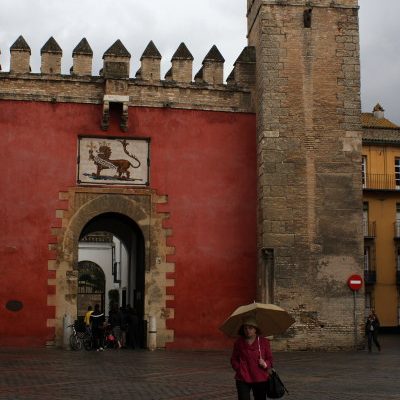
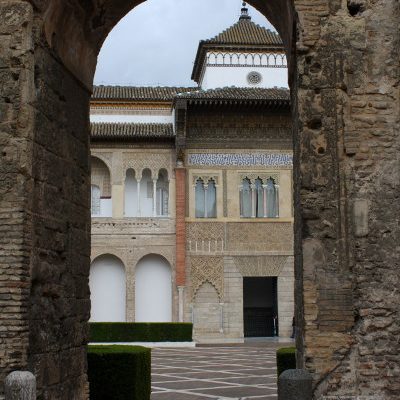
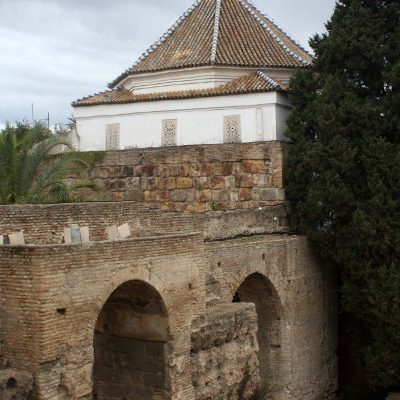
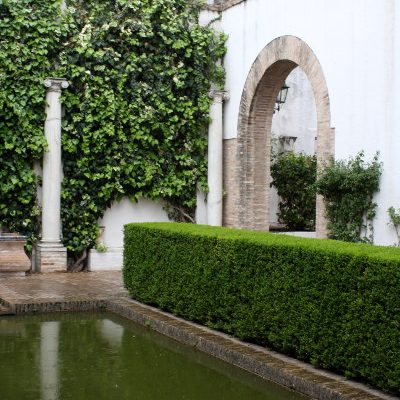
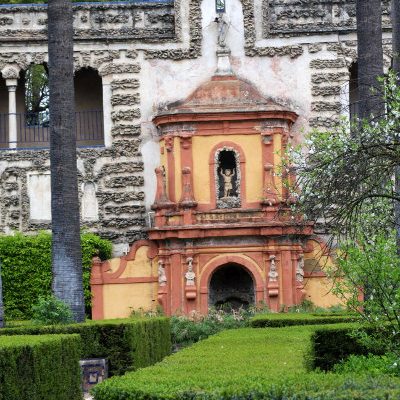
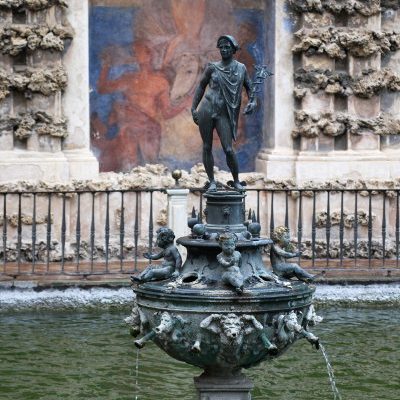
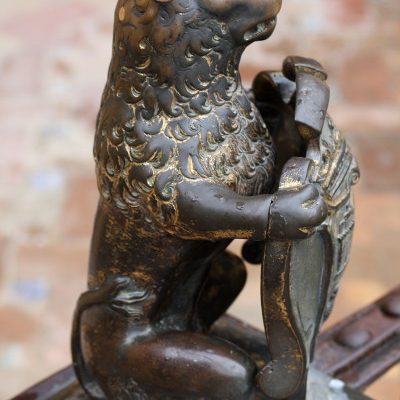
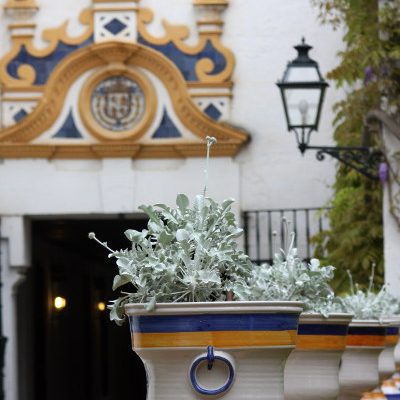
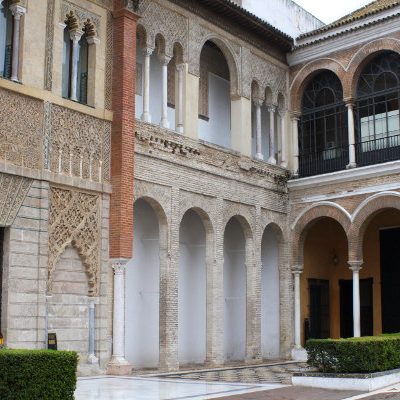
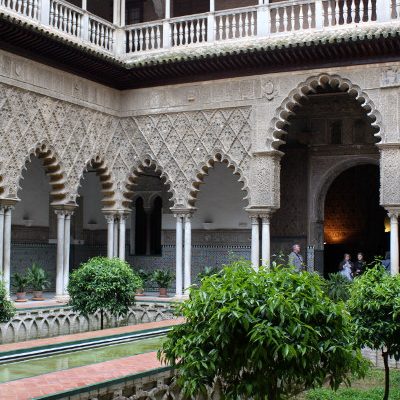
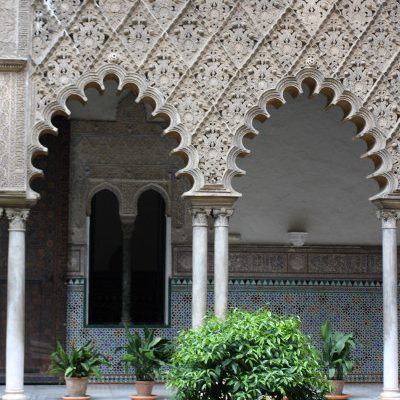
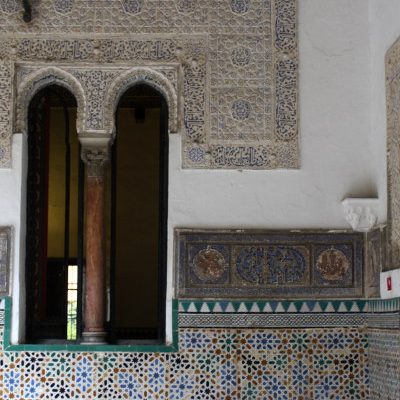
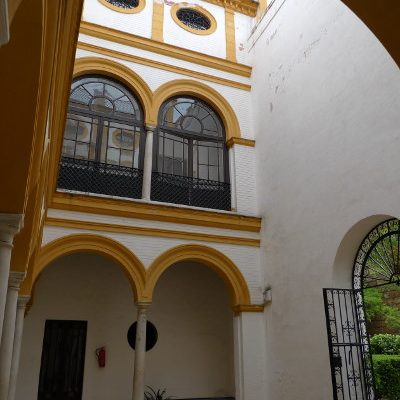
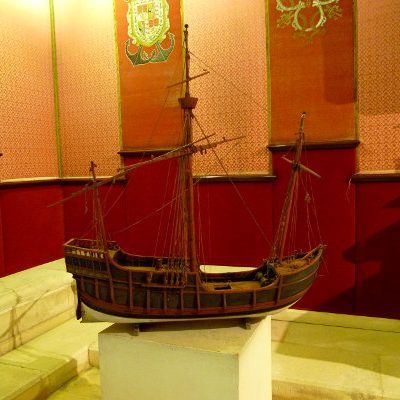
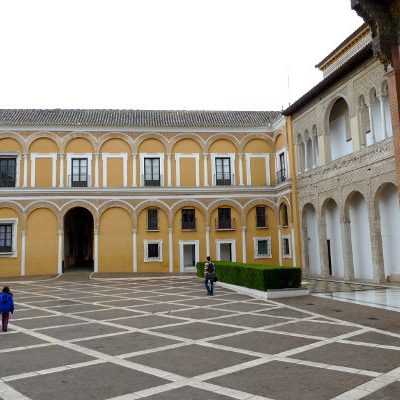
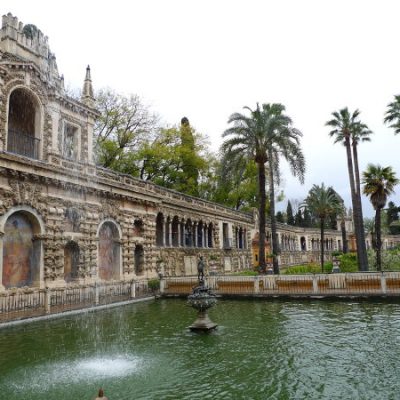
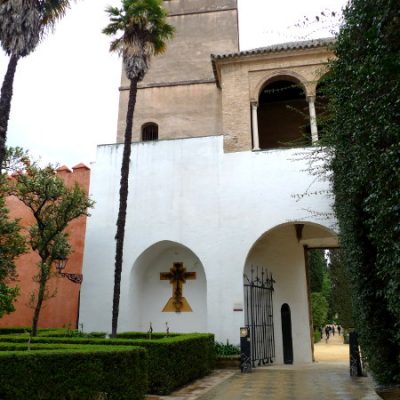
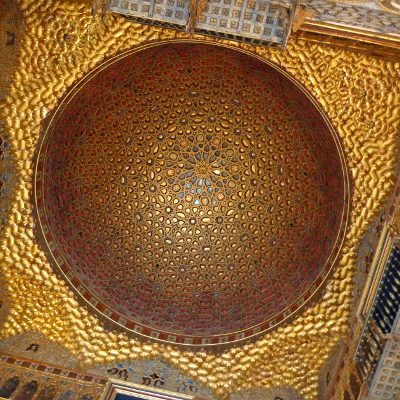
Nice. Although I suspect the bronze statues don’t go back to the Moors.